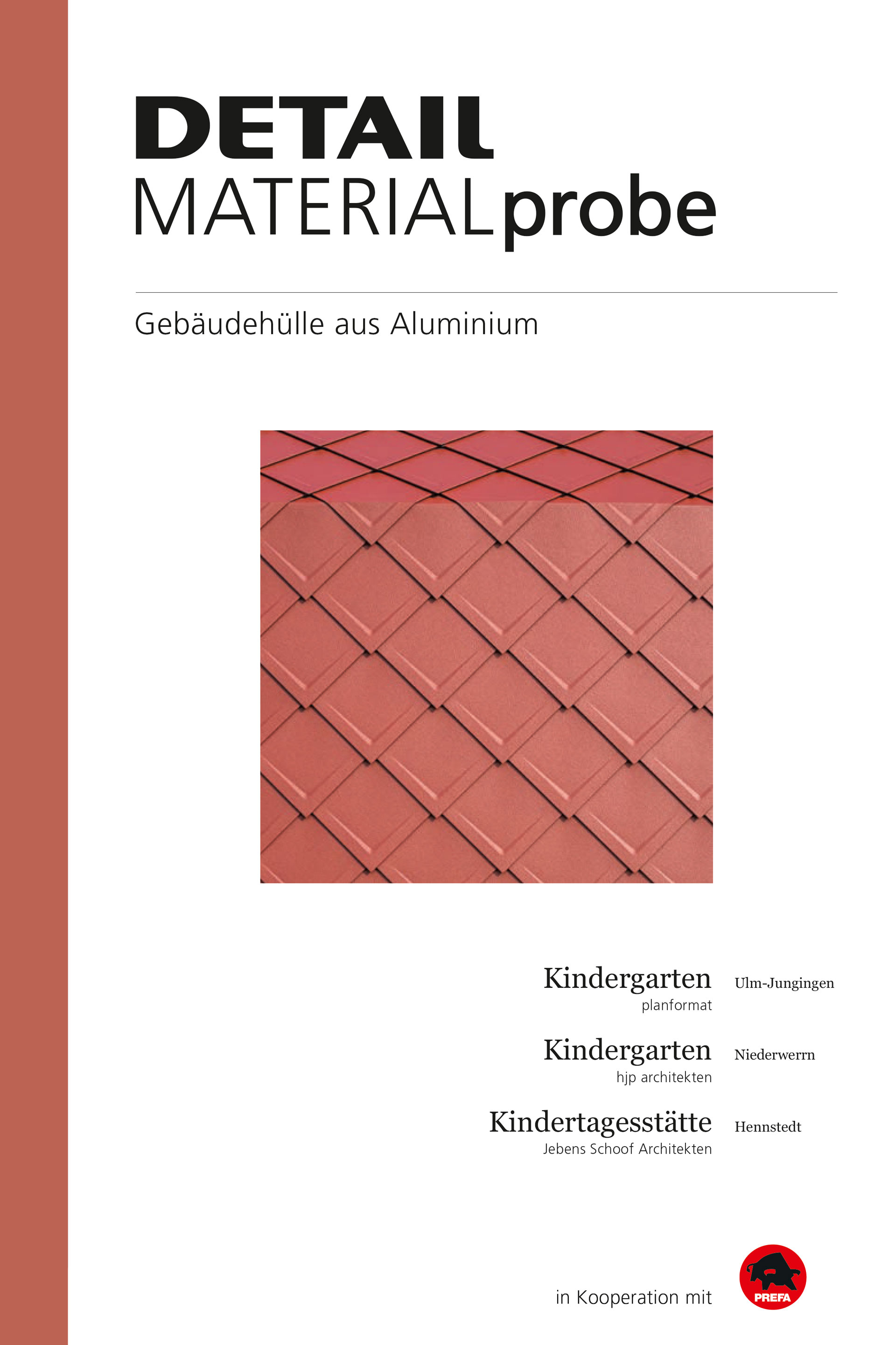Where’s the Journey Headed?
Few sectors of the economy were so battered during the corona years as the hotel industry. In Germany, 2021 saw a 45 % drop in revenue compared with 2019. But numbers have now bounced back even higher than pre-pandemic levels.
Many of the concepts that hotels, hostels, and guesthouses are using to steer into the future have been on the horizon for some time: more individualization, more experiential, more storytelling, and more Instagramable settings. Next-generation hotels are increasingly highlighting their location and its history, immersing guests in other worlds, sending them on a journey through space and time. In our current issue, we document seven selected projects from all over the world with plenty of drawings, detail sections, and photographs. Enjoy the issue! Jakob Schoof




More stories to the current issue
-

Overnight adventures
The Trendy Superbude Hostel by the Prater in Vienna
Atelier Karasinski and Archiguards developed the interior design for the new location of the Superbude hotel chain in Vienna. The 178 individually designed rooms will appeal to a younger clientele.
-
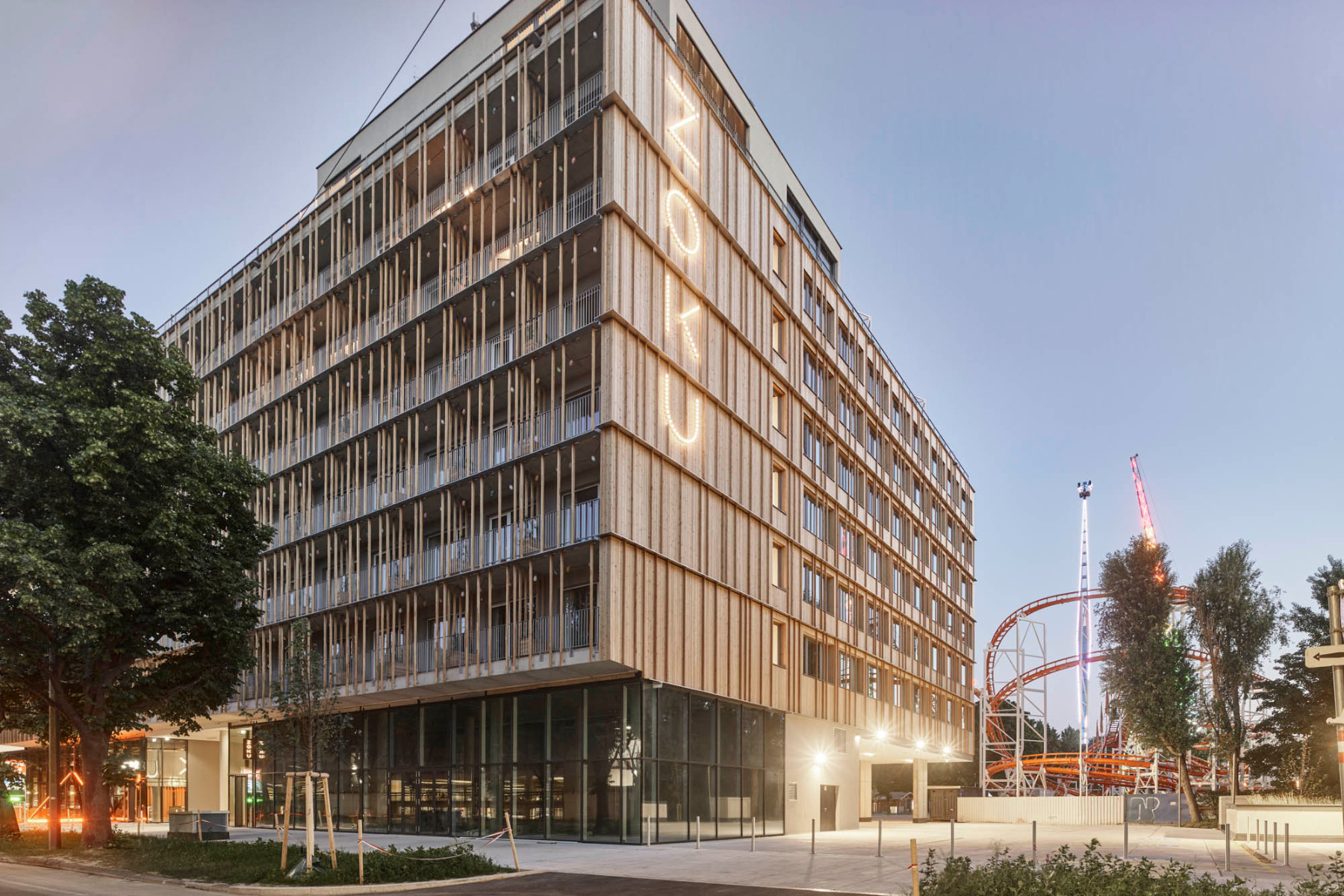
Two in one
Hotel Zoku and Superbude by the Prater
On a former bus parking lot near Vienna’s Prater fairgrounds, Nonconform have built a new hotel. Indeed, Zoku and Superbude unite two trendy hotel concepts under a single roof.
-
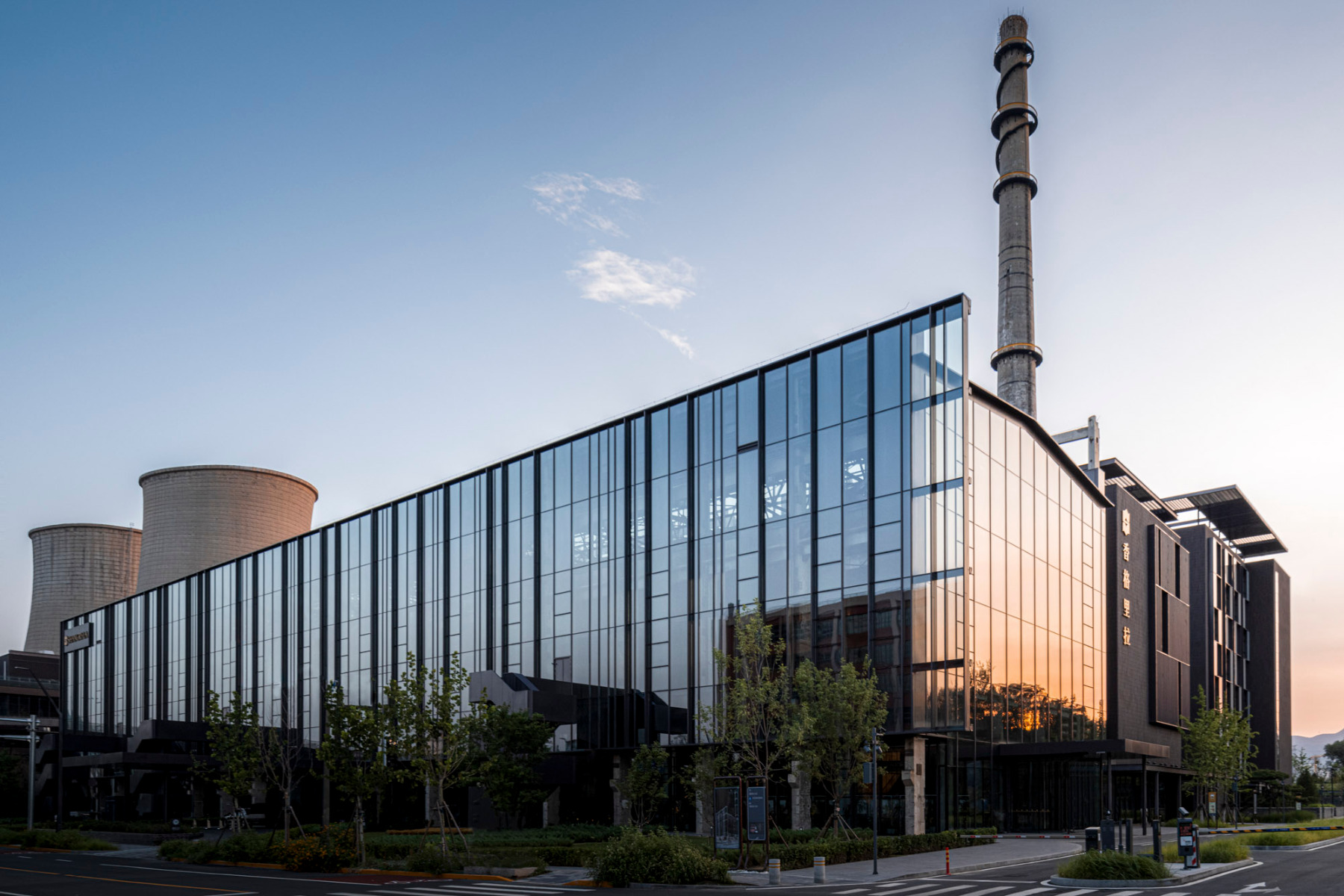
A luxury hotel in a power plant
Shangri-La Shougang Park in Beijing
At the old Shougang steel mill 20 km from Beijing, Milan architects Lissoni Casal Ribeiro have repurposed the power plant at the industrial complex as a luxurious hotel.
-
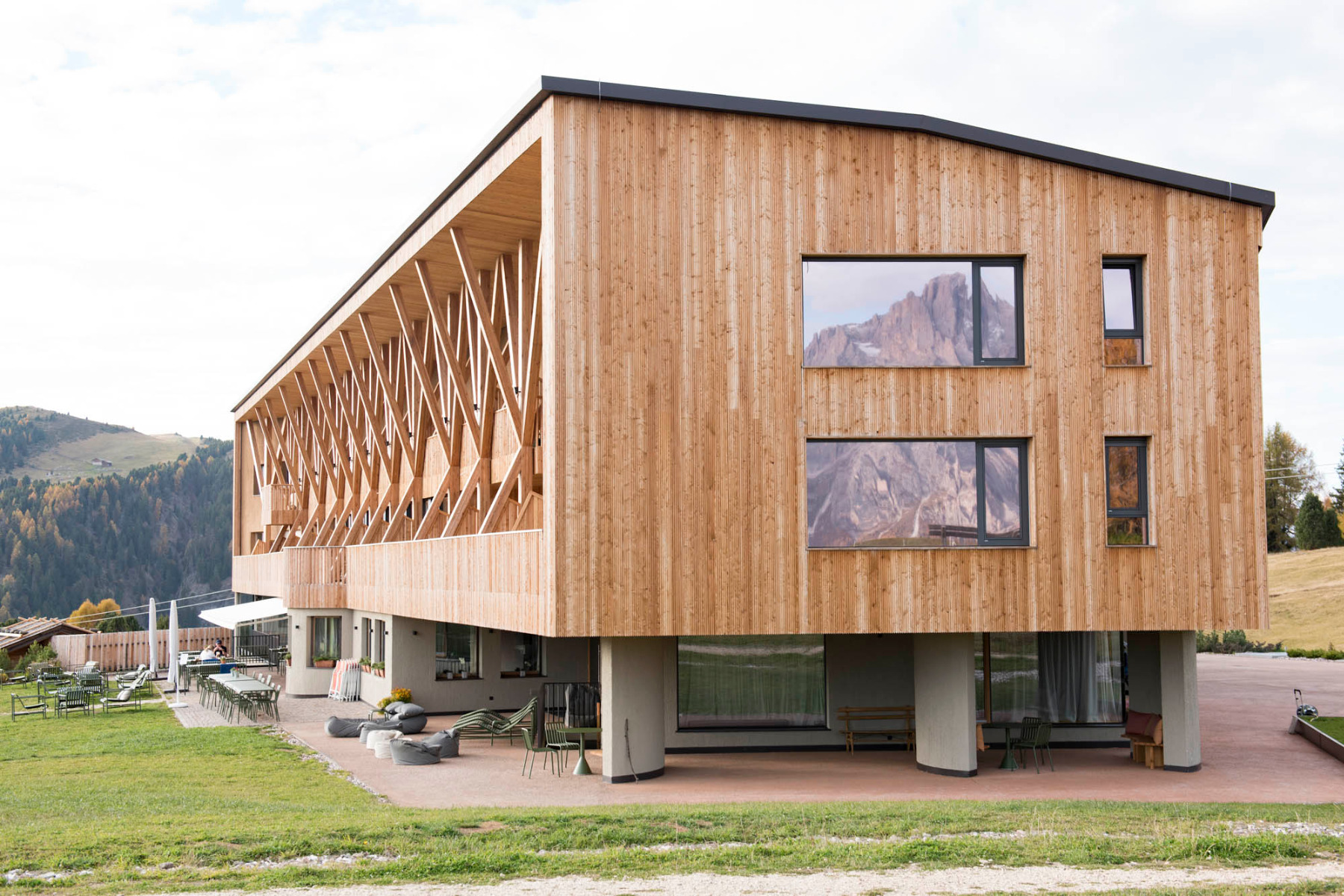
From Alpine inn to boutique hotel
Hotel Icaro in the Dolomites by Modus Architects
Beneath a new roof and behind a colonnade of 13 intricate wooden supports, Modus Architects join the additions to this hotel into a single structure.
-
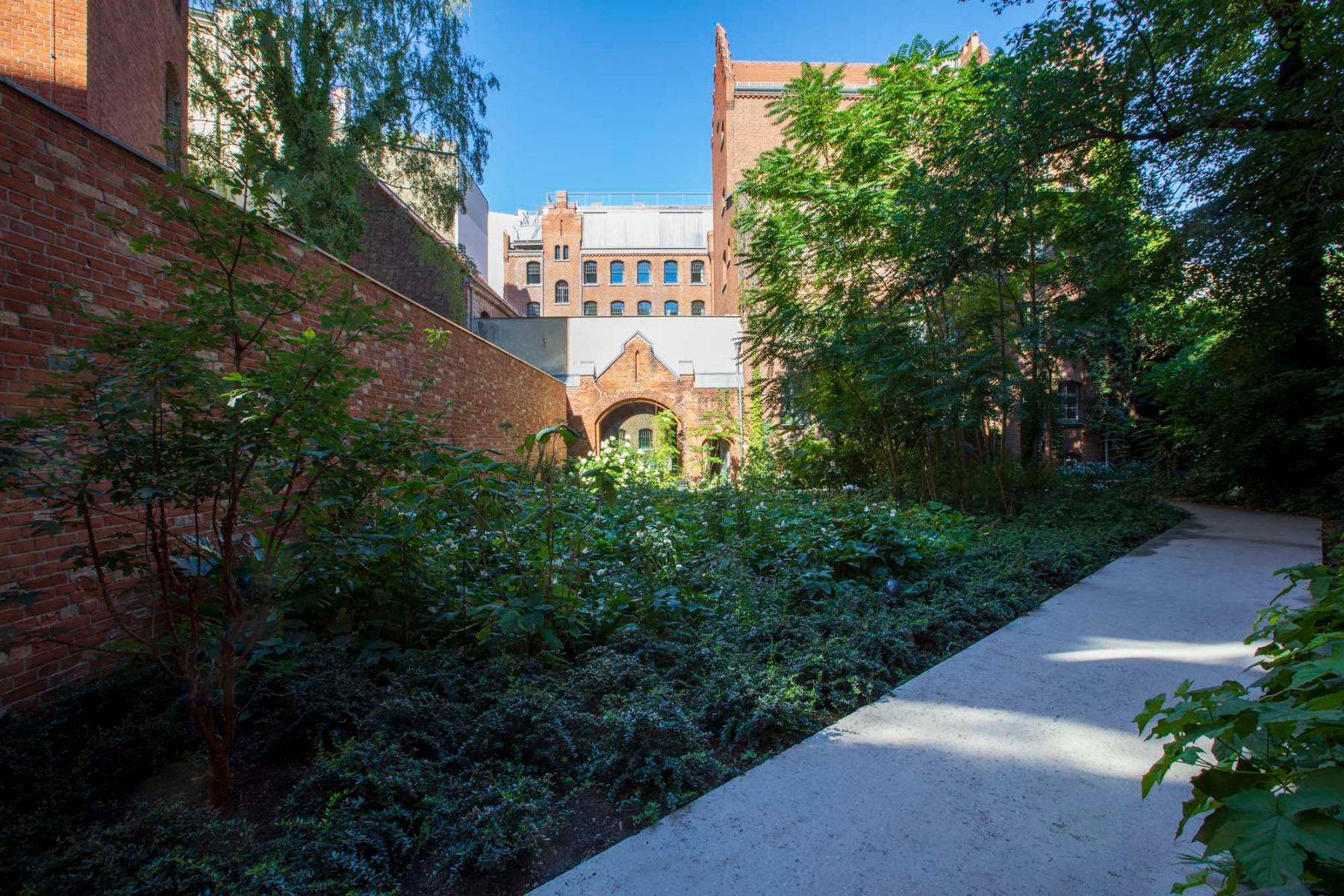
From prison to hotel
Hotel Wilmina in Berlin
The peaceful guest rooms lie far from the hustle and bustle of the city, yet they are in the middle of Charlottenburg. Grüntuch Ernst Architekten have transformed this historically protected brick building, once a women’s prison, into a tranquil oasis.
-
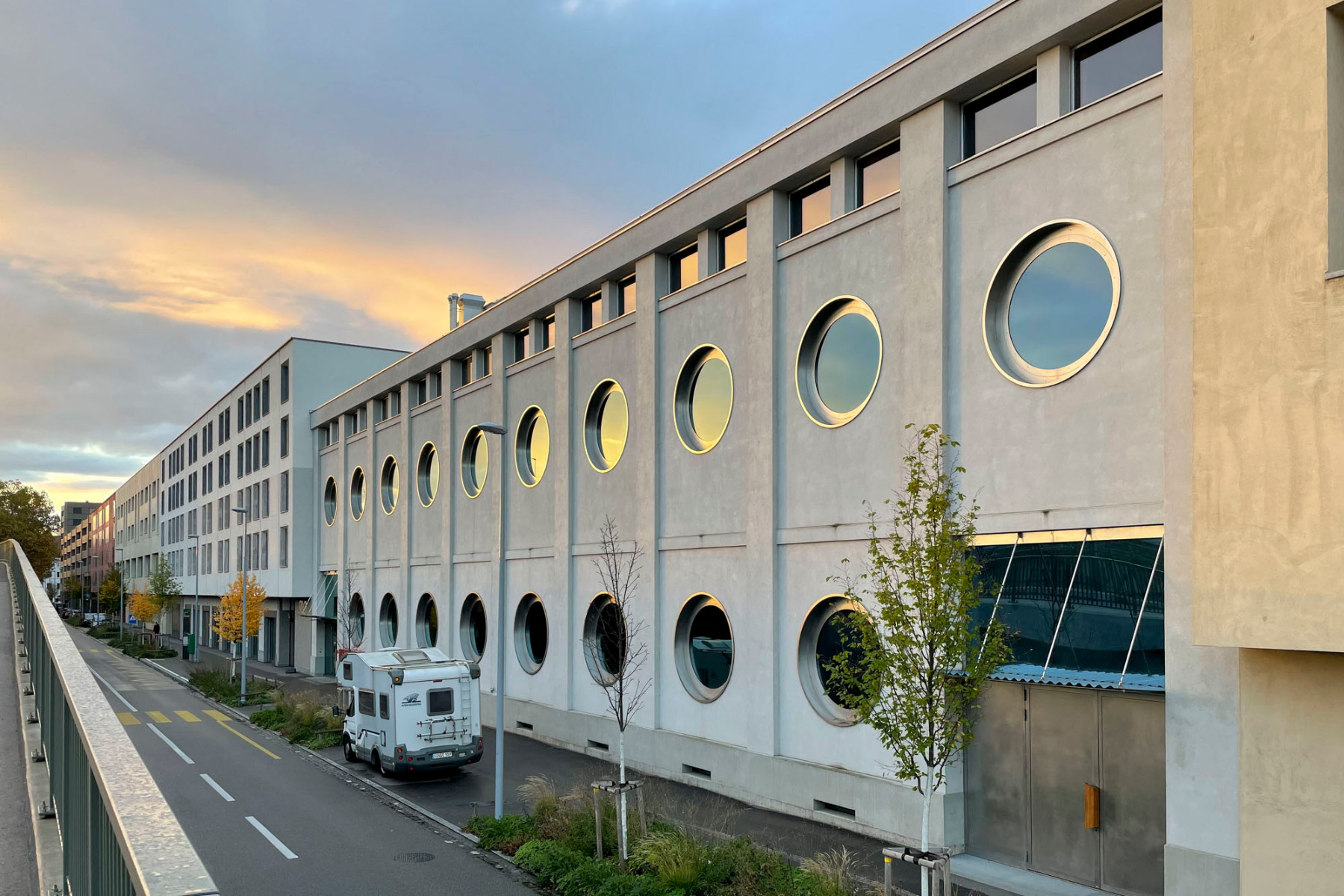
From dry storage building to hostel and restaurant
Silo Erlenmatt in Basel by Harry Gugger Studio
In Erlenmatt Ost, an urban quarter in Basel, Harry Gugger Studio has converted a granary building from 1912 into a hostel and place for studios. Challenges as varied as the building's somewhat unstable concrete frame and the noise of a motorway faced the project.
-
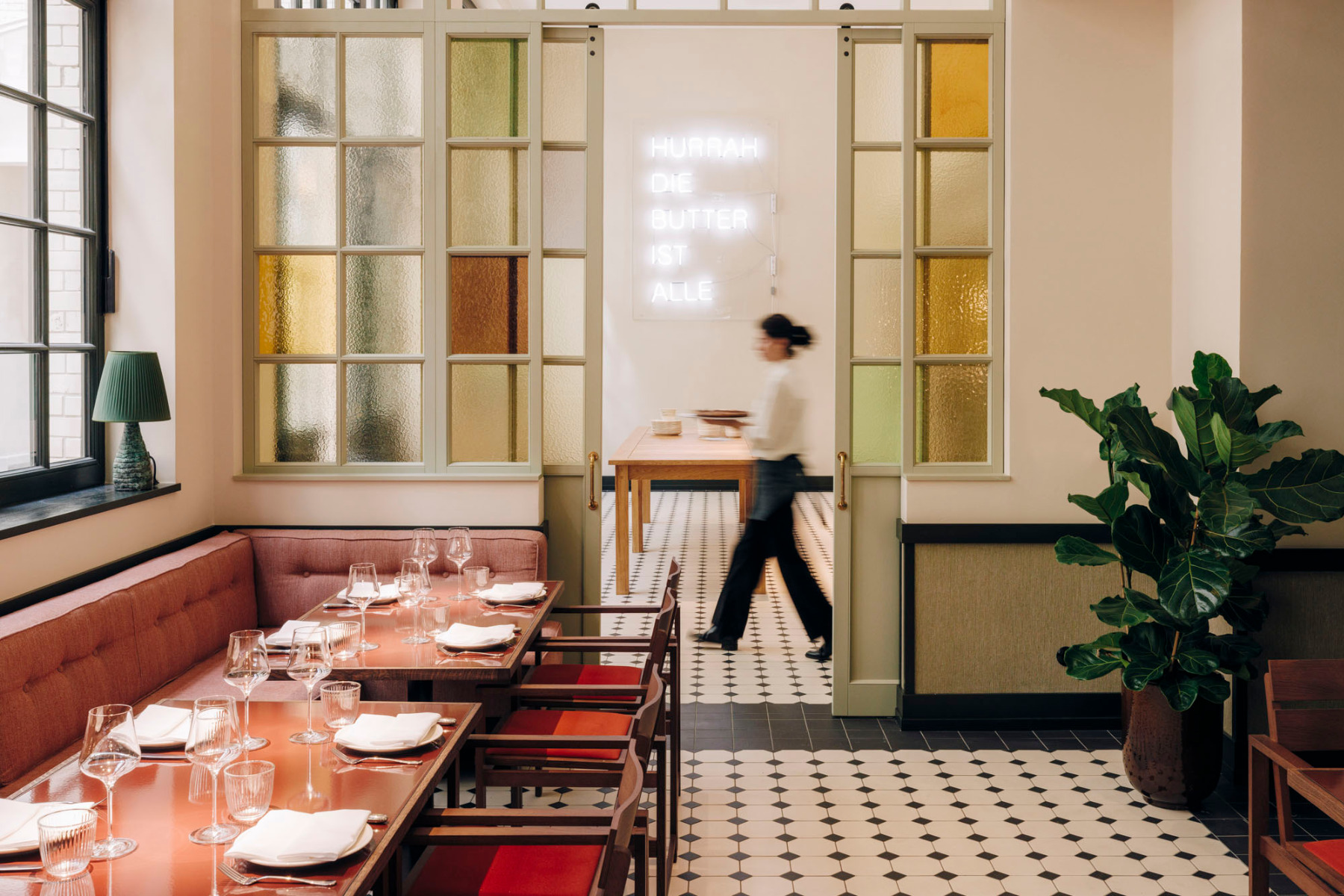
Metropolitan eclecticism
The Château Royal Hotel in Berlin
In a collaboration involving David Chipperfield Architects and Kromayer Interior, two old buildings and one new structure have become a design hotel with 93 rooms, a gourmet restaurant and a bar in direct proximity to Unter den Linden.
-
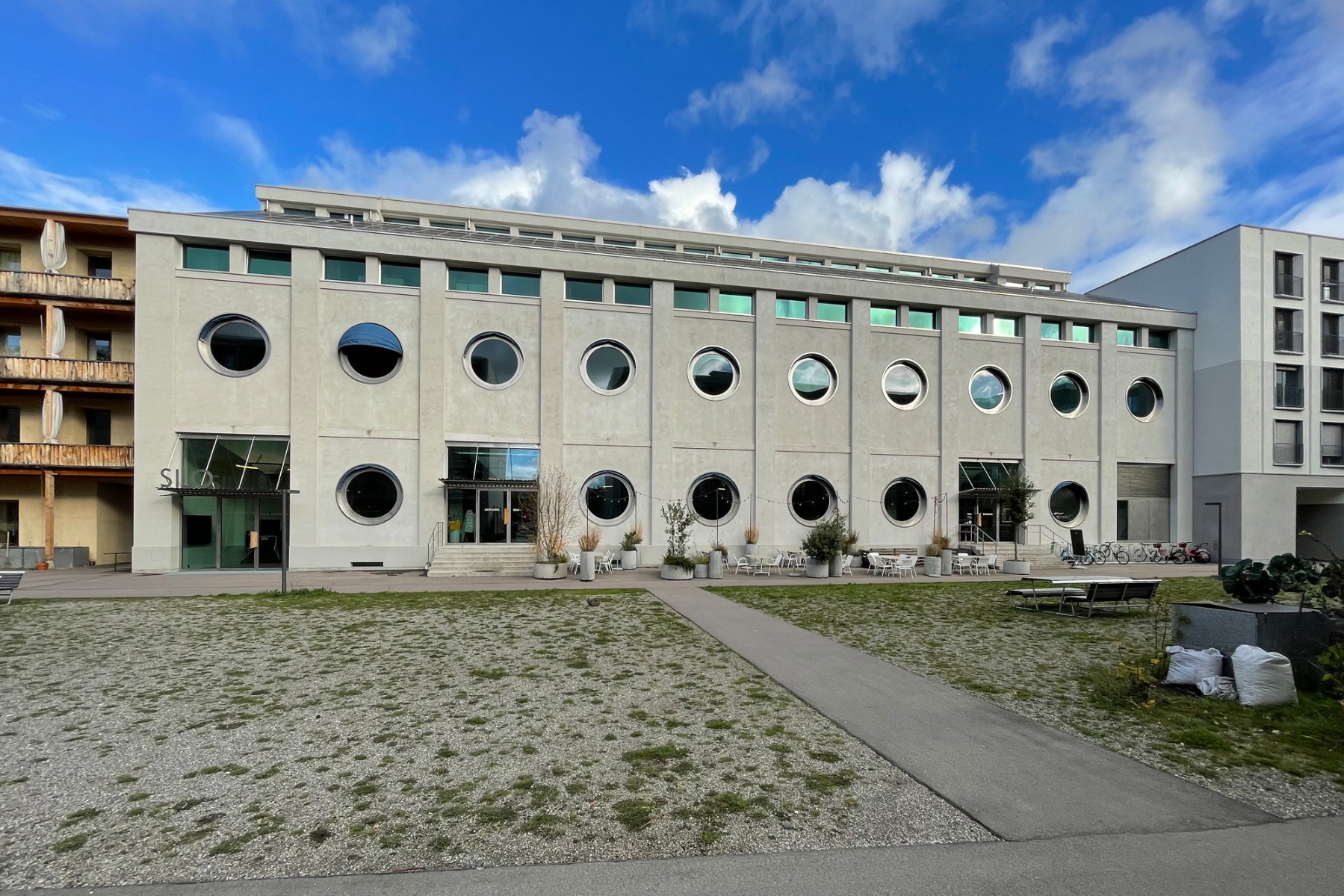
Silo Erlenmatt in Basel
Test Bench for Up- and Coming Hoteliers
Harry Gugger Studio has converted Silo Erlenmatt into a hostel and restaurant operated by Verein Talent. Jonas Gass and Christoph Widmer, executives in the organisation, relate their experience with the project.
-
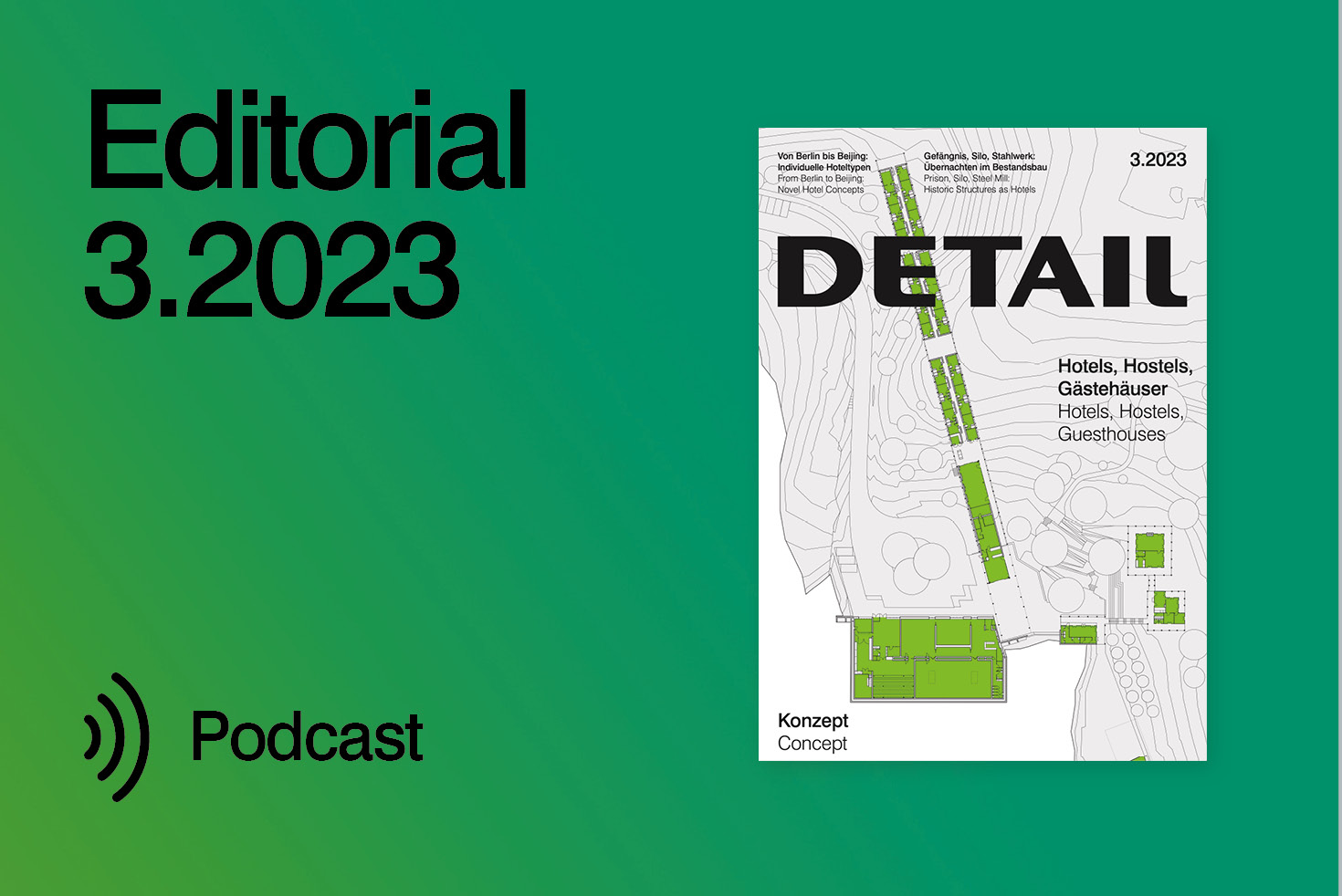
Hotels, hostels, resorts
Where’s the Journey Headed? – Editorial Detail 3.2023
The current issue of Detail takes a look at new beginnings. Few sectors of the economy were so battered during the corona years as the hotel industry.
-

A hotel in the Alps
Fuchsegg Eco Lodge in Vorarlberg by Ludescher Lutz Architekten
The Fuchsegg Eco Lodge in the Bregenz Forest embodies the idea of sustainability in its hotel concept. The architecture of the wooden buildings by Ludescher Lutz Architekten plays a significant role.
-

An inhabitable steel bridge
Bundanon Art Museum by Kerstin Thompson Architects
This newly built complex by the Shoalhaven River, which is located south of Sydney, connects an art museum and a guest house in two very different structures.
Previous Issues
-

Taking Stock 1/2.2023
Not only in Germany and Europe but also worldwide, building in existing structures is currently gaining in acceptance and relevance.
-

Building Envelopes 12.2022
While compiling our personal favourites of the year in the Detail editorial office, I was surprised at the vast scope of projects my colleagues had experienced in 2022. For this issue’s review of the year, they describe their architectural observations in places like Jerusalem, Berlin, and Montagnana, Italy.
-

Circular Economy 11.2022
If the aim is net zero, demolition and landfill disposal must be avoided at all costs. Today, a progressive architecture is one that takes part in the circular economy and reuses building materials.
-

Lighting Interiors 10.2022
Our October issue is all about light and interiors. PPAG’s school in Vienna brings daylight into deep cluster spaces to foster daily well-being.
-

Cultural Buildings 9.2022
In 1997, the Guggenheim Museum opened in Bilbao, and Frank Gehry’s eccentric new building transformed the Basque city into an overnight hotspot for international tourism.
-

Urban Green 7/8.2022
Especially in big dense cities, roofs and facades are the only places left to make things greener.
-

Simple and Affordable 6.2022
“Doing away with everything superfluous creates the potential for an architectural quality all of its own,” says Florian Nagler about “simple building” in an interview with Frank Kaltenbach.
-

Prefabrication Modular Construction 5.2022
Naturstein und Hochlochziegel, Ortbeton und Stampflehm in vorproduzierten Elementen: Für die Massivbauweise kommen viele unterschiedliche Materialien in Frage, und oft ist ihre Anwendung regional motiviert.
-

Solid Construction 4.2022
Natural stone and perforated bricks, cast-in-place concrete, and rammed earth in prefabricated elements – these are just a few of the diverse materials used in solid construction, and their use is often regionally motivated.
-

Urban Housing 3.2022
“A villa in the countryside with a large terrace, in front of you the Baltic Sea, Friedrichstrasse behind you …”. Thus begins Kurt Tucholsky’s 1927 poem, “The Ideal”. While Tucholsky’s ideal of urban life might be unattainable in Berlin, there are cities where it has become a reality.

